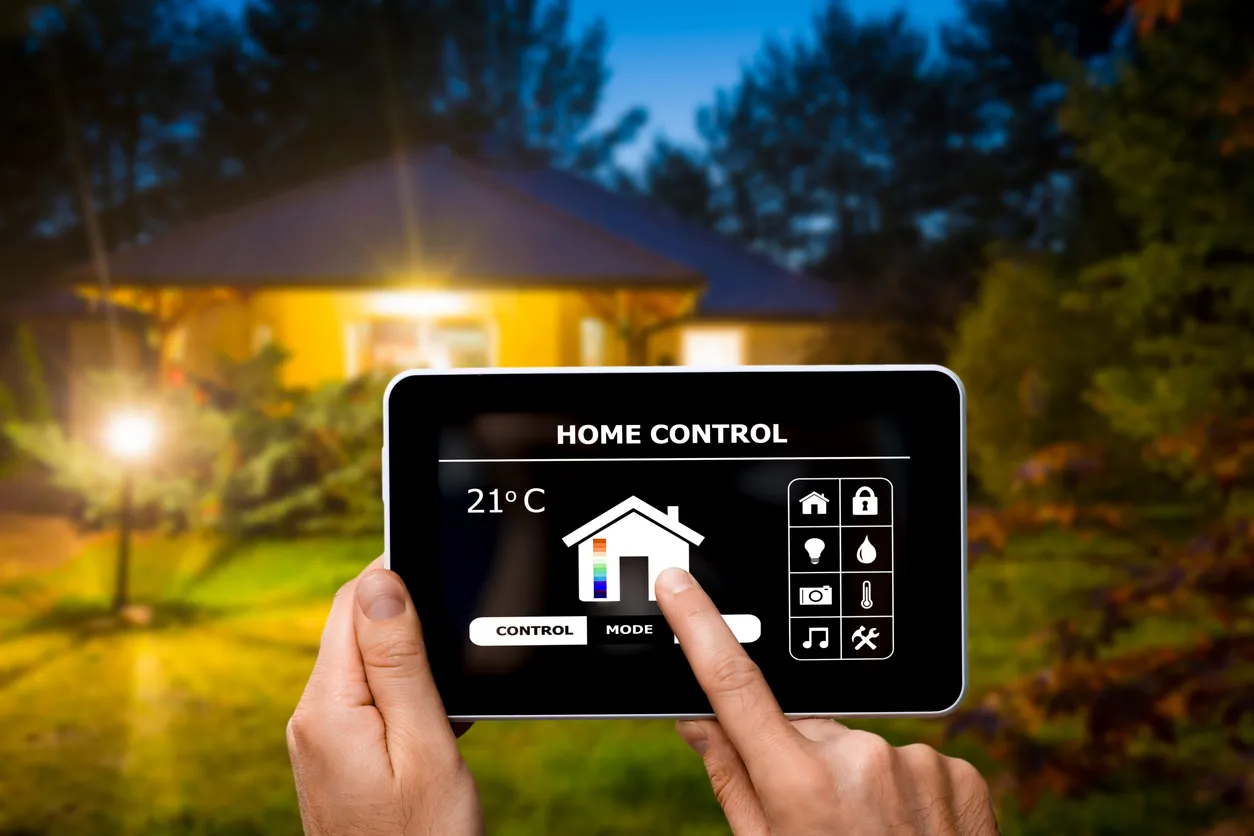In our increasingly digital world, technology isn’t limited to programming alone. Home automation is a prime example of how technology is seamlessly integrated into our daily lives, making them more convenient and efficient. In this tutorial, we’ll explore the world of home automation and guide you through setting up your smart home ecosystem.
What is Home Automation?
Home automation involves the use of technology to control and automate various devices and systems in your home. These devices are interconnected through a network, often accessible through your smartphone or voice assistants. From adjusting lighting and climate to managing security systems, home automation offers a new level of control over your living space.
Step 1: Choose Your Smart Home Platform
Before diving into the technical details, you’ll need to choose a smart home platform. Popular options include Google Home, Amazon Alexa, and Apple HomeKit. Each platform offers compatibility with different devices, so consider your existing technology and future needs when making a decision.
Step 2: Start with Smart Lighting
One of the simplest ways to begin your home automation journey is by installing smart lighting. Start with a smart light bulb or a smart plug for your existing light fixture. These devices connect to your chosen smart home platform and can be controlled remotely. Imagine being able to adjust the lighting in your living room without leaving the couch!
Step 3: Add Smart Plugs
Smart plugs are another versatile addition to your smart home setup. They allow you to turn regular appliances into smart devices. Plug in your coffee maker, lamp, or even a fan, and control them through your smartphone or voice commands. Smart plugs are especially handy for automating routines, like having your coffee ready when you wake up.
Step 4: Explore Smart Thermostats
Smart thermostats offer both convenience and energy savings. These devices learn your schedule and preferences to optimize your home’s climate control. You can adjust the temperature remotely, set up schedules, and even receive energy usage reports.
Step 5: Enhance Security with Smart Cameras and Doorbells
Home automation isn’t just about convenience—it’s also about safety. Smart cameras and doorbells provide real-time video feeds and alerts to your phone, allowing you to monitor your home when you’re away. Some systems even offer two-way communication, so you can speak to visitors from anywhere.
Step 6: Build Custom Automation Rules
As you become more comfortable with home automation, you can create custom rules and routines. For instance, you can set up a “Good Morning” routine that turns on the lights, adjusts the thermostat, and plays your favorite news podcast when you wake up.
Conclusion
Home automation has transformed the way we interact with our living spaces. From controlling the lighting to managing security systems, smart technology offers a range of possibilities. By following this beginner’s guide, you’re well on your way to creating a smart home that’s efficient, convenient, and tailored to your lifestyle. Embrace the tech-savvy future and enjoy the comfort of automation at your fingertips.





